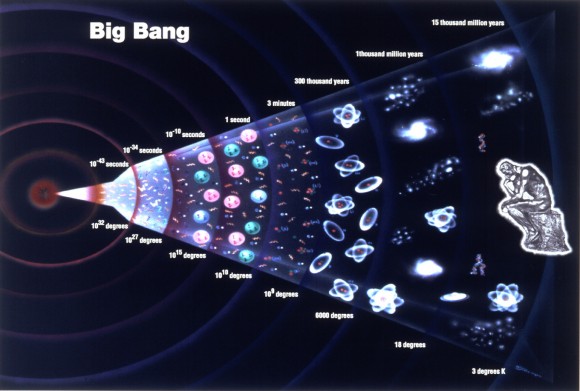
Moderators: Elvis, DrVolin, Jeff



Meshes of the Afternoon (1943) is a short experimental film directed by wife and husband team, Maya Deren and Alexander Hammid. The film's narrative is circular, and repeats a number of psychologically symbolic images, including a flower on a long driveway, a key falling, a door unlocked, a knife in a loaf of bread, a mysterious Grim Reaper--like cloaked figure with a mirror for a face, a phone off the hook and an ocean. Through creative editing, distinct camera angles, and slow motion, the surrealist film depicts a world in which it is more and more difficult to catch reality.
 .
. 
William R. Keylor, a BU professor of international relations and history, reviews the key arguments of the book Legacy of Ashes: The History of the CIA, Tim Weiner's expose on the mismanagement and failures of the Central Intelligence Agency. In response, a panel of CIA employees and intelligence experts offers critical analyses and counter arguments.
Hosted by Boston University's International History Institute and the Carnegie Council on Ethics and International Affairs on September 26, 2008.
Austrian Chancellor Alfred Gusenbauer and NYU Professor Richard Sennett discuss ideas and perspectives of isolation and solidarity at the Fourth Jacek Kuron Debate.
Hosted by The Institute for Human Sciences at Boston University on September 26, 2008.


Spoiler:Zavaroni underwent a number of drug treatments and received electroconvulsive therapy in an attempt to beat her anorexia. Her inquest was told that none of these had been successful in the long term. In addition she was suffering from depression and begged doctors to operate on her to relieve her depression. Although the operation would not cure her anorexia, she was desperate for it to proceed and threatened suicide (she also took a drug overdose) if it did not.
In September 1999 Zavaroni was admitted to University Hospital of Wales in Cardiff for a psychosurgical operation that was described as "pioneering" and "keyhole surgery to partially interrupt the nerve pathways that control emotions". After the operation, she appeared to be in a satisfactory condition and after a week she was "making telephone calls, cheerful and engaging in conversation," even asking her doctor if he thought there was any chance that she would get back on stage. However, three weeks after the operation, she developed a chest infection and died from pneumonia on 1 October. She weighed less than five stone (70 lb, 32 kg).
Although some reports said that the surgery was a leucotomy (also known as a lobotomy), the hospital said that it was not, and the treatment was intended for depression rather than anorexia.
Users browsing this forum: No registered users and 0 guests